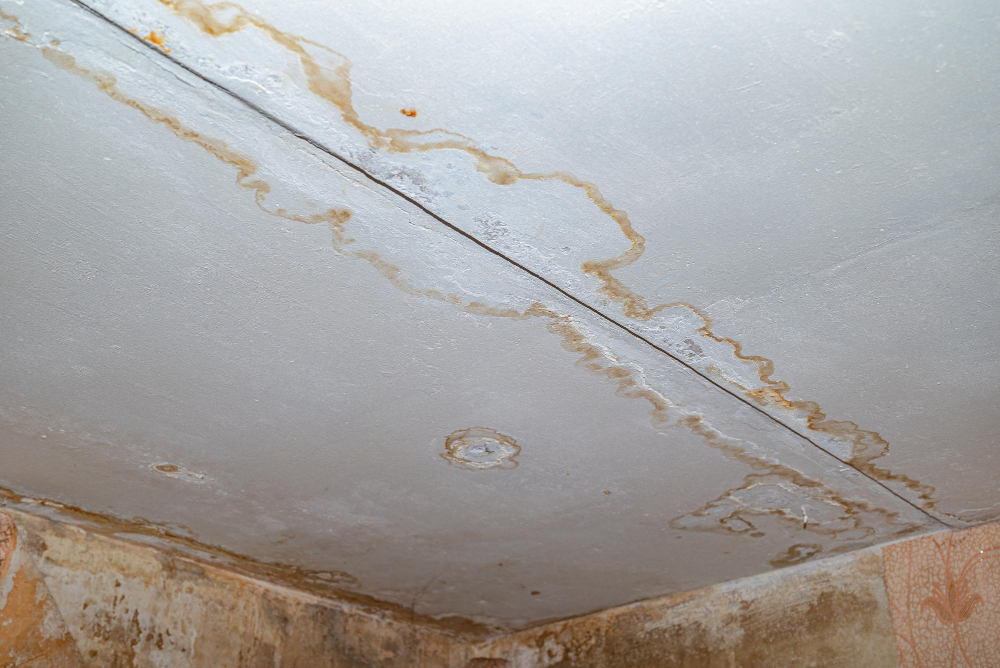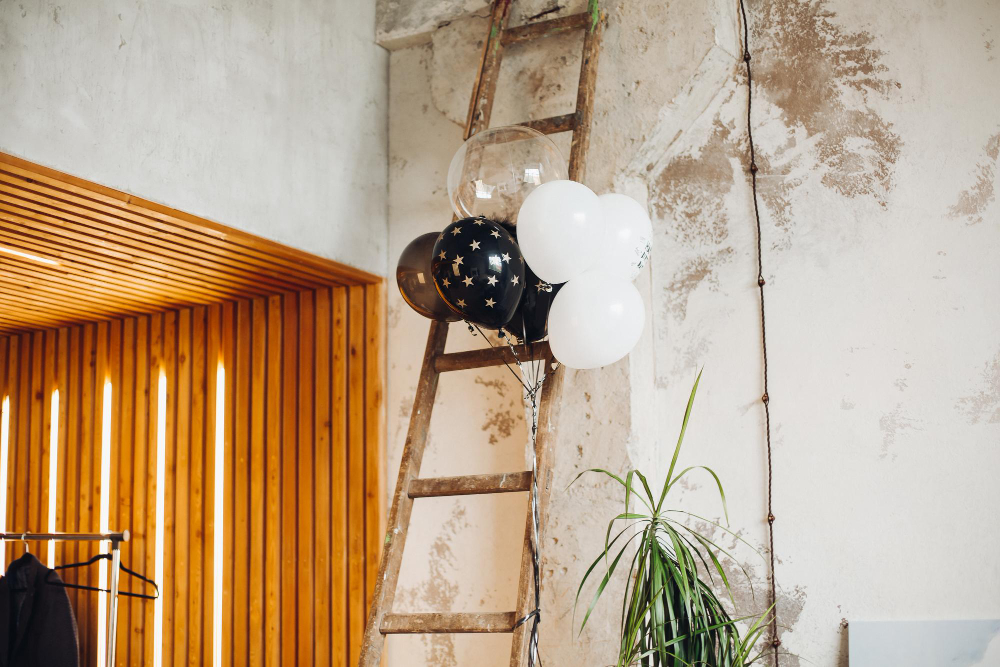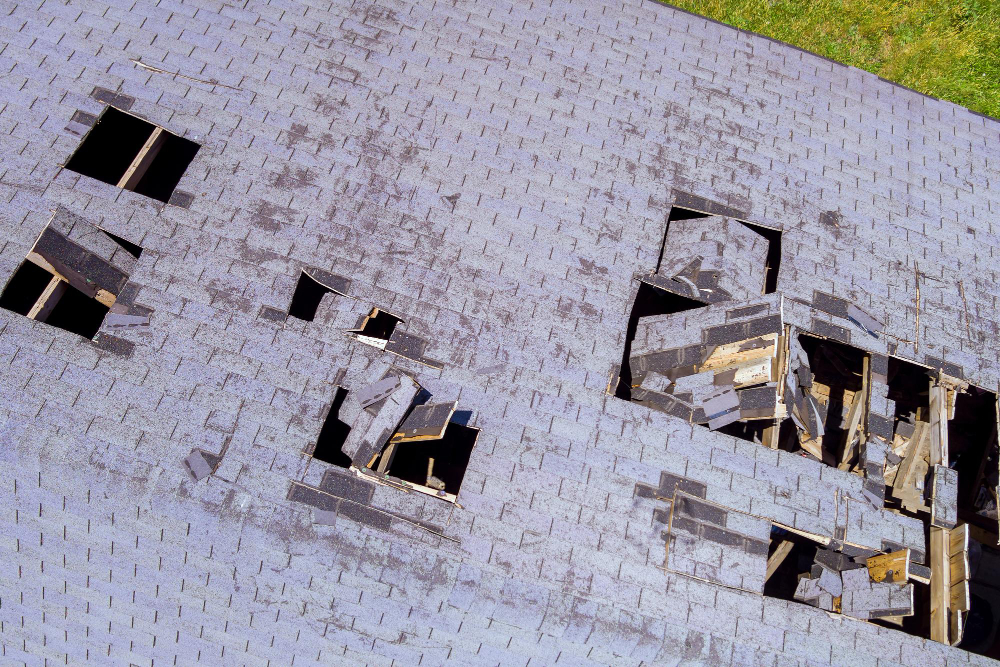Last updated on
Your roof is your home’s first line of defense against the elements. But what happens when it’s damaged? Not only can it compromise your home’s appeal, but it may also seriously impact its functionality. This blog post will explore how roof damage can alter the way your home operates and protects you.
What's Inside
Water Leaks

A damaged roof can cause water leaks that might not be immediately noticeable. Experienced and skilled roofing contractors can explain how, when a roof is compromised — be it from weather incidents, fallen debris, or general wear and tear — gaps can form, allowing water to seep in.
Initially, the water might only penetrate the attic, but over time, it can infiltrate the interior of your home. This can result in noticeable damp spots on ceilings and walls.
Not only does this cause aesthetic damage, but it can also lead to structural issues as the water weakens wooden beams and erodes plaster or drywall. Furthermore, consistent moisture promotes mold growth, which can have detrimental effects on indoor air quality and contribute to health problems.
Thus, a damaged roof causing water leakage can seriously affect your home’s functionality and the well-being of its inhabitants.
Mold and Mildew Growth

When a roof is damaged, it allows moisture to seep into the house. This constant dampness creates a conducive environment for mold and mildew to thrive.
Mold and mildew, both types of fungi, require continuous moisture for growth which a leaking roof readily provides. Besides, they flourish particularly well on organic materials that are common in most homes, such as wood, drywall, and carpeting.
Prolonged exposure to moisture can lead to swift and uncontrolled mold and mildew proliferation. Their presence is not only unsightly and damaging to your home, but also hazardous to health, causing various respiratory problems and allergic reactions.
Therefore, dealing with a damaged roof promptly is crucial to prevent the growth of mold and mildew and maintain a safe and clean living environment.
Structural Damage

A compromised roof can also bring a lot of damage to various other parts of your home’s structure. These are the following:
- Ceiling and wall
- Attic
- Truss and joist
- Foundation
- Mold and rot
- Insulation degradation
- Electrical issues
- Ventilation system
- Gutter and downspout problems
Damaged roofs can cause serious structural damage to your home. Water seeping through gaps can weaken wooden beams and deteriorate plaster or drywall, impacting the core stability of the structure.
Excess humidity can also induce mold and rot, further compromising the structural integrity. Over time, these damages can affect other elements in your home, including the foundation, electrical systems, and insulation, resulting in significant repair costs and potential hazards.
Energy Inefficiency

Holes, cracks, or improperly sealed areas in a compromised roof create passages for heated or cooled air to escape. This loss of conditioned air forces heating, ventilation, and air conditioning (HVAC) systems to work harder to maintain a comfortable indoor temperature, leading to increased energy consumption.
Additionally, water infiltration from a damaged roof can degrade insulation material, reducing its thermal resistance and making it less effective at preventing heat transfer. Consequently, during winter, the warmth escapes easily, and in summer, the cool air vanishes quickly.
Therefore, a damaged roof not only leads to uncomfortable living conditions but also results in higher utility bills due to elevated energy use.
Reduced Property Value
A damaged roof can significantly reduce a property’s value. Potential buyers often perceive roof issues as a major disadvantage, causing them to either lower their offer or skip the property altogether. Such damage often signifies potential hidden expenses, including extensive repairs or even a complete roof replacement.
Beyond this, the issues associated with a damaged roof, like leaks, mold growth, and insulation inefficiencies, can also contribute to a decrease in property value. These problems can lead to further structural damage and increased utility expenses, making the property less appealing to prospective buyers.
Consequently, maintaining a well-preserved and functional roof is crucial for retaining, and even enhancing your home’s market value.
Pest Infestation
Cracks or holes in the roof provide entry points for small creatures such as rodents and insects. These pests are attracted to the warmth and safety of your attic space, especially during colder months or rainy seasons. Once inside, they can breed and create an infestation.
Additionally, roof damage often leads to water accumulation, which can attract pests that thrive in moist environments, such as mosquitoes and cockroaches. Therefore, roof damage doesn’t just jeopardize your home’s structure and energy efficiency, but it also increases the likelihood of a pest invasion, further compromising comfort and health safety within your living space.
The Takeaway
Neglecting your roof’s condition can lead to a cascade of issues, from structural damage to health risks. Ensuring your roof is properly maintained is key to keeping your home functional, energy-efficient, and valuable. Don’t let small problems escalate into costly repairs; address roof damage immediately to protect your home and your well-being.




